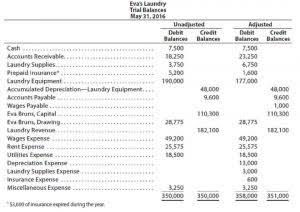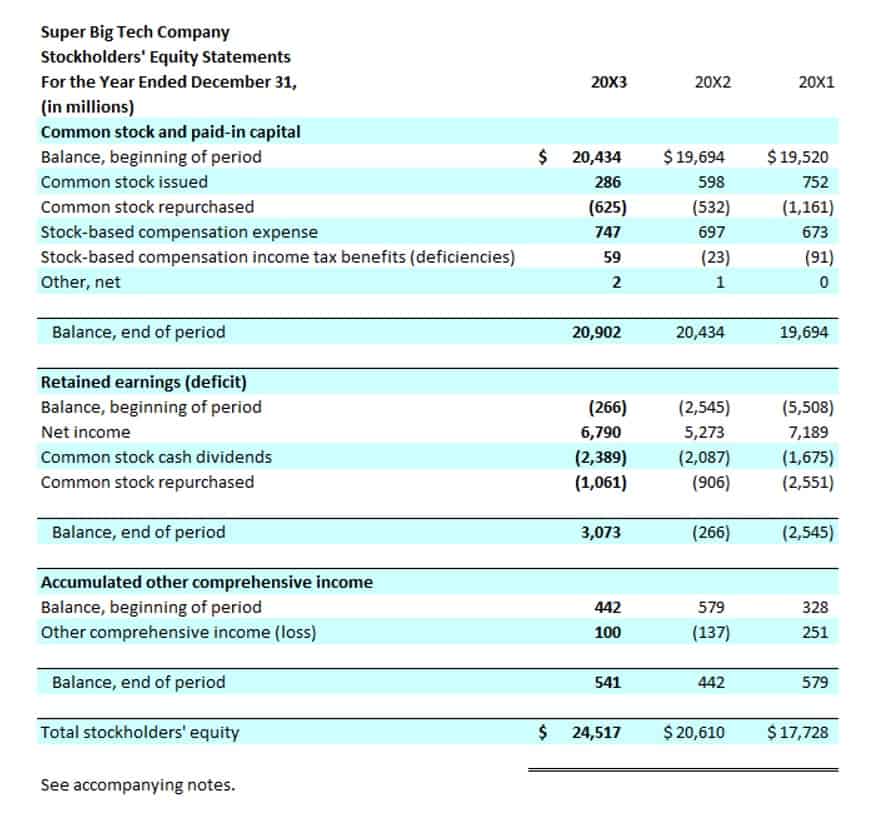
It reduces the impact of inflation, assuming that the cost of purchasing newer inventory will be higher than the purchasing cost of older inventory. The company sells an additional 50 items with this remaining inventory of 140 units. The cost of goods sold for 40 of the items is $10 and the entire first order of https://www.instagram.com/bookstime_inc 100 units has been fully sold. The other 10 units that are sold have a cost of $15 each and the remaining 90 units in inventory are valued at $15 each or the most recent price paid.

Order Fulfillment
But when it was time to replenish inventory, her supplier had already increased their prices. The ending inventory would be the remaining 50 units from the February 1st purchase valued at $12 per unit, or $600. Jami Gong is a Chartered Professional Account and Financial System Consultant. She holds a Masters Degree in Professional Accounting from the University of New South Wales. Her areas of expertise include accounting system and enterprise resource planning implementations, as well as accounting business process improvement and workflow design. Jami has collaborated with clients large and small in https://www.bookstime.com/ the technology, financial, and post-secondary fields.
Which of these is most important for your financial advisor to have?

A company’s recordkeeping must track the total cost of inventory items, and the units bought and sold. Inflation is the overall increase in prices over time, and this discussion assumes that inventory items purchased first are less expensive than more recent purchases. Since the economy has some level of inflation in most years, prices increase from one year to fifo calculation formula the next. The FIFO method of costing is mostly used in accounting for goods that are sold.
Master Inventory Calculations with Sourcetable

Often compared, FIFO and LIFO (last in, first out) are inventory accounting methods that work in opposite ways. Where FIFO assumes that goods coming through the business first are sold first, LIFO assumes that newer goods are sold before older goods. FIFO is a widely used method to account for the cost of inventory in your accounting system.

FIFO method calculates the ending inventory value by taking out the very first acquired items. Then, since inflation increases price over time, the ending inventory value will have the bulk of the economic value. As the FIFO method assumes we sell first the items acquired first, the ending inventory value will be higher than in other inventory valuation methods.
- With this level of visibility, you can optimize inventory levels to keep carrying costs at a minimum while avoiding stockouts.
- First In, First Out is a method of inventory valuation where you assume you sold the oldest inventory you own first.
- Calculating ending inventory requires a full physical inventory count.
- Using FIFO simplifies the accounting process because the oldest items in inventory are assumed to be sold first.
- Not only is net income often higher under FIFO but inventory is often larger as well.